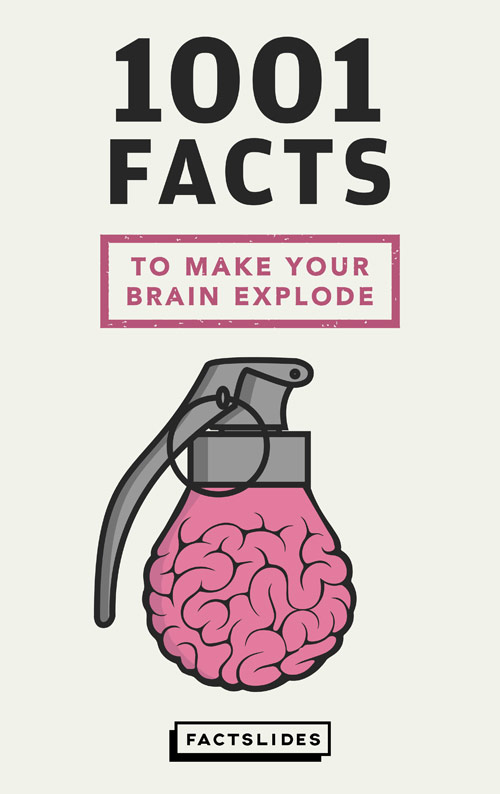-
 The Sun accounts for about 99.86% of the total mass of the Solar System.♦ SOURCE♺ SHARE
The Sun accounts for about 99.86% of the total mass of the Solar System.♦ SOURCE♺ SHARE -
The Sun formed about 4.6 billion years ago from the collapse of part of a giant molecular cloud that consisted mostly of hydrogen and helium.♦ SOURCE♺ SHARE
-
The beautiful symmetry of a total solar eclipse happens because —by pure chance— the sun is 400 times larger than the moon, but is also 400 times farther from Earth, making the two bodies appear the exact same size in the sky.♦ SOURCE♺ SHARE
-
The theory that the Sun is the center around which the planets orbit was first proposed by the ancient Greek Aristarchus of Samos in the 3rd century BC.♦ SOURCE♺ SHARE
-
The Sun does not have a definite boundary, and in its outer parts, its density decreases exponentially with increasing distance from its center.♦ SOURCE♺ SHARE
-
1.3 million Earths could fit inside the sun, an average-sized star.♦ SOURCE♺ SHARE
-
Six ten-billionths of the Sun is gold.♦ SOURCE♺ SHARE
-
Every second, the Sun sends to earth 10 times more neutrinos than the number of people on earth.♦ SOURCE♺ SHARE
-
The Sun is thought to have completed about 20 orbits during its lifetime and just 1/1250th of an orbit since the origin of humans.♦ SOURCE♺ SHARE
-
A third of all Russians believe the Sun revolves around the Earth.♦ SOURCE♺ SHARE
-
As passengers on Earth, we are all carried around the sun at a mean velocity of 66,600 mph (107,182 km/h).♦ SOURCE♺ SHARE
-
Your eyes can get sunburned.♦ SOURCE♺ SHARE
-
Every day, plants convert sunlight into energy equivalent to six times the entire power consumption of human civilization.♦ SOURCE♺ SHARE
-
All of the world's energy needs can be met with 1/10,000th of the light from the Sun that falls on Earth each day, according to the inventor Ray Kurzweil.♦ SOURCE♺ SHARE
-
The Sun is 400 times further away from Earth than the Moon is.♦ SOURCE♺ SHARE
-
A bolt of lightning is 5 times hotter than the surface of the sun.♦ SOURCE♺ SHARE
-
To our eyes, in space, the sun would appear white, not yellow.♦ SOURCE♺ SHARE
-
If the Sun were the size of a beach ball in Space, then Jupiter would be the size of a golf ball and the Earth would be as small as a pea.♦ SOURCE♺ SHARE
-
359 years after the Catholic Church forced Galileo Galilei to recant his theory that the Earth moves around the Sun, it declared he was right in 1992.♦ SOURCE♺ SHARE
-
The sun is the most perfectly round natural object known in the universe.♦ SOURCE♺ SHARE
-
The star that's closest to our sun, Proxima Centauri, is still much farther away than Pluto.♦ SOURCE♺ SHARE
-
A new model of the chemistry of the early solar system says that up to half the water now on Earth was inherited from an abundant supply of interstellar ice as our sun formed.♦ SOURCE♺ SHARE
-
Isaac Newton developed a sunlight phobia from staring at the sun.♦ SOURCE♺ SHARE
-
The core of the Sun has a temperature of about 15,000,000 ° C (27,000,000° F).♦ SOURCE♺ SHARE
-
In 1666, Isaac Newton observed the Sun's light using a prism, and showed it is made up of light of many colors.♦ SOURCE♺ SHARE
-
Pluto takes 248 years to orbit the Sun.♦ SOURCE♺ SHARE
-
The American flags placed on the moon are now white due to radiation from the sun.♦ SOURCE♺ SHARE
-
The Earth's core is about as hot as the sun.♦ SOURCE♺ SHARE
-
The Sun is about 13 billion times brighter than the next brightest star, Sirius.♦ SOURCE♺ SHARE
-
Partial solar eclipses are hazardous to view because the eye's pupil is not adapted to the unusually high visual contrast.♦ SOURCE♺ SHARE
-
Looking at the Sun Can Trigger a Sneeze in 10 to 35% of people.♦ SOURCE♺ SHARE
-
In about 5 billion years, the Sun will deplete its supply of hydrogen and helium, turning into a red giant star, consuming Mercury and Venus and maybe even Earth.♦ SOURCE♺ SHARE
-
The sun's surface is blisteringly hot at 10,340℉. while its atmosphere is another 300 times hotter.♦ SOURCE♺ SHARE
-
Earth spins at around 1,000 mph and hurtles through space in its orbit around the sun at about 67,000 mph.♦ SOURCE♺ SHARE
-
If you weighed 150 lb (68 kg) on Earth, you would weigh 4,200 lb (1,905 kg) on the Sun.♦ SOURCE♺ SHARE
-
About 30% of solar radiation is reflected back to space and the rest is absorbed by oceans, clouds and land masses.♦ SOURCE♺ SHARE



















